
The Enchanting Gothic Quarter of Barcelona
Discover the Gothic Quarter in Barcelona: a mesmerizing blend of ancient history, stunning architecture, and vibrant culture in the heart of Catalonia's capital.
Step into a world where history and modernity intertwine in Barcelona's Gothic Quarter. This captivating neighbourhood is an intricate labyrinth of narrow, winding streets, where each corner reveals a piece of Barcelona's rich past. From ancient Roman walls to medieval cathedrals, the Gothic Quarter is a living museum that offers an immersive experience into the city's storied history. Begin your journey at the heart of the Gothic Quarter, Plaça Sant Jaume, where the city's political life has thrived for centuries. Here, you'll find the Palau de la Generalitat and the Ajuntament, two magnificent buildings that have witnessed pivotal moments in Barcelona's history. As you meander through the maze-like alleys, be sure to visit the awe-inspiring Barcelona Cathedral, a stunning example of Catalan Gothic architecture. Its rooftop offers breathtaking views of the city and is well worth the climb. Venture deeper into the quarter to uncover hidden gems such as the Plaça Reial, a lively square lined with palm trees and bustling with cafes and restaurants. The vibrant atmosphere is perfect for soaking up the local culture while enjoying traditional Catalan cuisine. Don't miss the opportunity to explore the Museu d'Història de Barcelona, where you can walk through underground Roman ruins and gain a deeper understanding of the city's fascinating past. In the Gothic Quarter, every street tells a story, and every plaza invites you to pause and take in the beauty of this timeless neighbourhood. Whether you're a history enthusiast, an architecture lover, or simply a curious traveler, the Gothic Quarter promises an unforgettable journey through the ages.
Local tips in Gothic Quarter
- Wear comfortable shoes as the cobblestone streets can be uneven and require a lot of walking.
- Visit early in the morning or later in the evening to avoid the crowds and enjoy a more tranquil experience.
- Keep an eye on your belongings, as the area can be busy and pickpockets are known to operate here.
- Don't miss the rooftop of the Barcelona Cathedral for panoramic views of the city.
- Try the local eateries in Plaça Reial for an authentic taste of Catalan cuisine.
The Enchanting Gothic Quarter of Barcelona
Step into a world where history and modernity intertwine in Barcelona's Gothic Quarter. This captivating neighbourhood is an intricate labyrinth of narrow, winding streets, where each corner reveals a piece of Barcelona's rich past. From ancient Roman walls to medieval cathedrals, the Gothic Quarter is a living museum that offers an immersive experience into the city's storied history. Begin your journey at the heart of the Gothic Quarter, Plaça Sant Jaume, where the city's political life has thrived for centuries. Here, you'll find the Palau de la Generalitat and the Ajuntament, two magnificent buildings that have witnessed pivotal moments in Barcelona's history. As you meander through the maze-like alleys, be sure to visit the awe-inspiring Barcelona Cathedral, a stunning example of Catalan Gothic architecture. Its rooftop offers breathtaking views of the city and is well worth the climb. Venture deeper into the quarter to uncover hidden gems such as the Plaça Reial, a lively square lined with palm trees and bustling with cafes and restaurants. The vibrant atmosphere is perfect for soaking up the local culture while enjoying traditional Catalan cuisine. Don't miss the opportunity to explore the Museu d'Història de Barcelona, where you can walk through underground Roman ruins and gain a deeper understanding of the city's fascinating past. In the Gothic Quarter, every street tells a story, and every plaza invites you to pause and take in the beauty of this timeless neighbourhood. Whether you're a history enthusiast, an architecture lover, or simply a curious traveler, the Gothic Quarter promises an unforgettable journey through the ages.
Iconic landmarks you can’t miss
Saint James's Square
Explore the iconic Saint James's Square in Barcelona, a historical plaza that embodies the city's rich culture and vibrant community spirit.
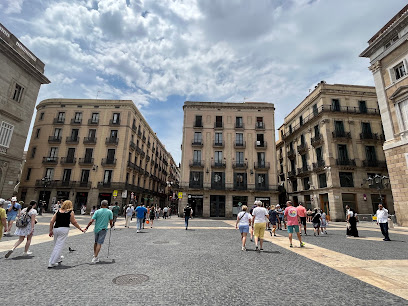
Plaça del Rei
Discover the enchanting Plaça del Rei, a historical landmark in Barcelona's Gothic Quarter, rich with medieval architecture and vibrant culture.
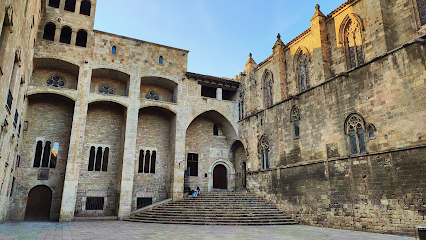
MUHBA Temple d'August
Discover the ancient Roman ruins at MUHBA Temple d'August in Barcelona, a historical landmark that reveals the city's rich cultural heritage.

El Pont del Bisbe
Discover the Gothic beauty of El Pont del Bisbe, a historical landmark in Barcelona's Ciutat Vella that connects the past with the present.
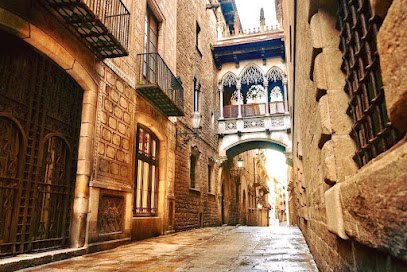
El Gòtic (barri)
Explore El Gòtic, Barcelona's historic Gothic Quarter, rich in medieval architecture, vibrant culture, and captivating history, perfect for every tourist.
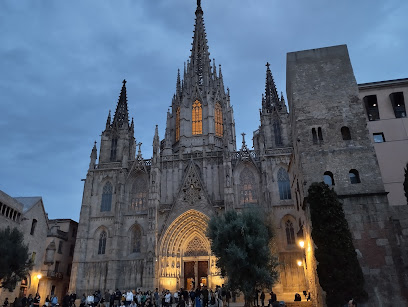
Monument als Castellers
Experience the spirit of Catalonia at the Monument als Castellers, a stunning sculpture celebrating the unique tradition of human towers in Barcelona.
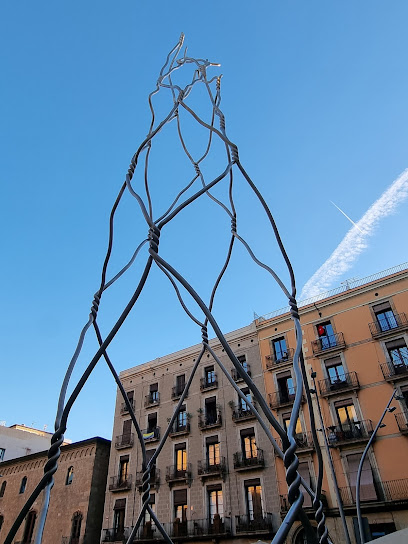
Готичний квартал
Discover the enchanting Gothic Quarter in Barcelona, where medieval architecture meets vibrant culture and rich history.
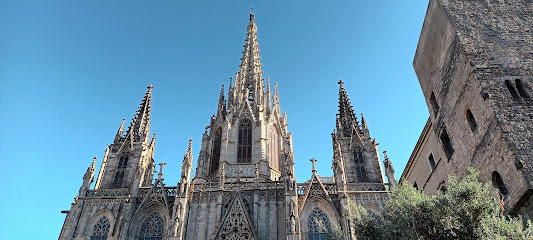
Capella de Santa Àgueda
Discover the historical beauty of Capella de Santa Àgueda, a serene chapel in Barcelona's Ciutat Vella, showcasing Gothic architecture and rich cultural heritage.
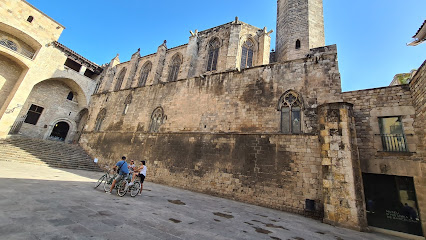
Barri gòtic
Explore the historic Barri Gòtic in Barcelona, where ancient streets meet vibrant culture and unforgettable experiences await.

BARSHELONA
Experience the vibrant nightlife and rich culture at BARSHELONA, a top tourist attraction in the heart of Barcelona's Ciutat Vella district.
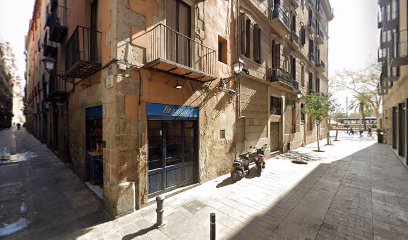
Unmissable attractions to see
Barcelona History Museum MUHBA
Discover the layers of history at Barcelona History Museum MUHBA, where ancient tales and modern narratives converge in a captivating journey.
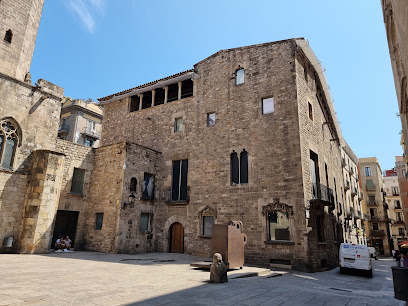
BARSHELONA
Discover the vibrant charm of Barshelona in Ciutat Vella, where culture, cuisine, and nightlife converge for an unforgettable experience.

Essential places to dine
Restaurant Can Culleretes
Experience the rich flavors of Catalonia at Restaurant Can Culleretes, where history meets exquisite Mediterranean cuisine in Barcelona's Ciutat Vella.
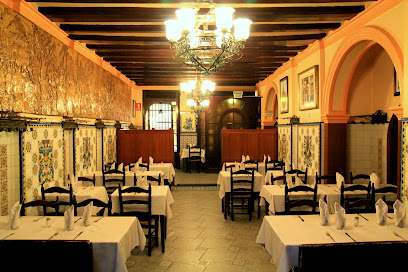
L'Alcoba Azul - Tapes
Experience the vibrant flavors of Spain at L'Alcoba Azul, Barcelona's premier tapas bar offering authentic dishes in a cozy setting.
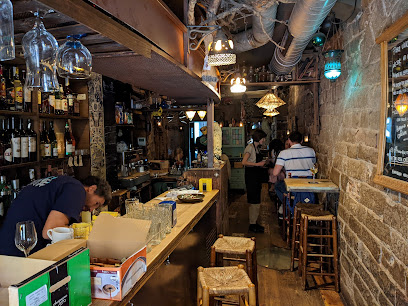
Sensi Tapas
Discover authentic Spanish flavors at Sensi Tapas in Barcelona's Ciutat Vella – where every bite tells a story.
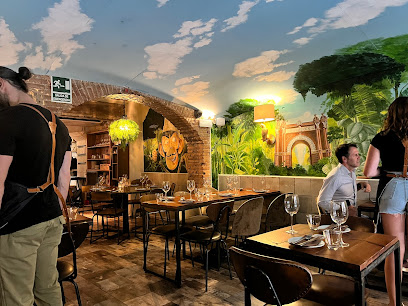
Gourmet Sensi
Discover the essence of Mediterranean cuisine at Gourmet Sensi, where exquisite tapas meet an extensive wine selection in the heart of Barcelona.
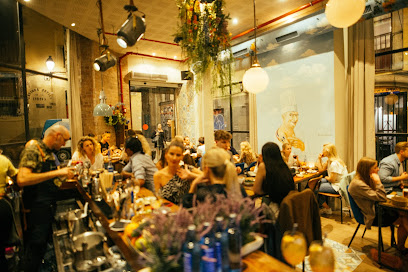
Le Bistro Sensi
Discover authentic Mediterranean flavors at Le Bistro Sensi in Barcelona's Ciutat Vella - where tapas meet tradition in a cozy setting.
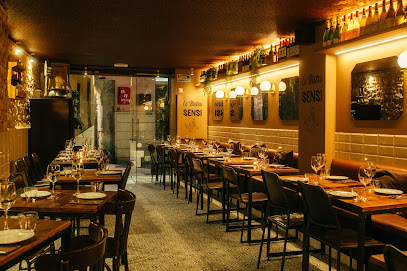
ORIO BCN Gòtic
Experience authentic Basque flavors in Barcelona's Ciutat Vella at ORIO BCN Gòtic - where every dish tells a story.
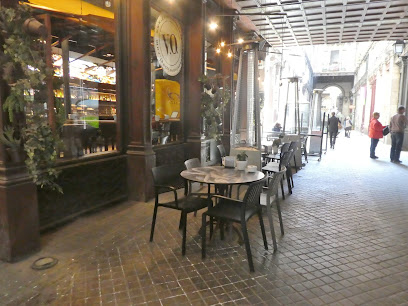
L'Antic Bocoi del Gòtic
Discover the authentic taste of Catalonia at L'Antic Bocoi del Gòtic in Barcelona's historic Ciutat Vella.
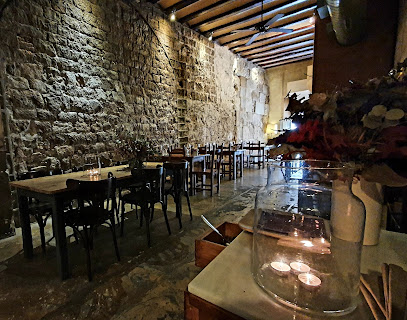
a Restaurant
Discover authentic Mediterranean cuisine in Ciutat Vella, Barcelona's historic heart, where every meal tells a story of flavor and tradition.
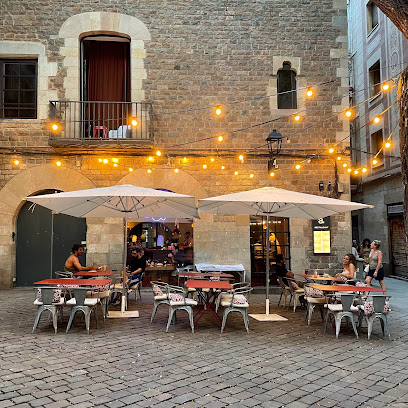
La Alcobita - Tapas
Discover authentic Spanish tapas at La Alcobita in Ciutat Vella – where every dish tells a story and flavors come alive.
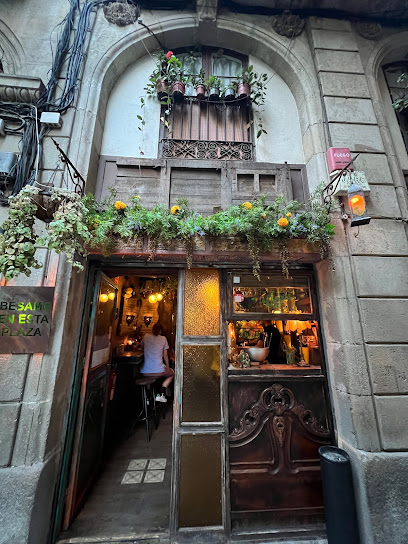
Le Bouchon
Experience authentic Catalonian cuisine at Le Bouchon in Ciutat Vella, where every dish tells a story through rich flavors and tradition.
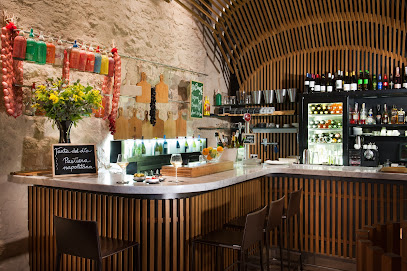
Markets, malls and hidden boutiques
LUCIERNAGA - Gift Boutique Barcelona
Explore the enchanting Luciernaga in Barcelona for unique gifts, gourmet treats, and a taste of local culture in every corner.
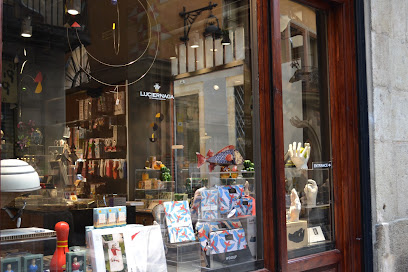
Moirai Market [ Vintage And Concept Store]
Explore Moirai Market in Barcelona for a unique vintage shopping experience with funky clothing and eclectic home décor.
![Moirai Market [ Vintage And Concept Store]](https://evendo-location-media.s3.amazonaws.com/ShoppingImages/51aedecb-0453-4a9c-a8ab-fd1eabc18b6b)
Barcelona Spain Iconic
Explore Barcelona's iconic gift shop, a haven for unique crafts and souvenirs reflecting the city's rich culture and history.
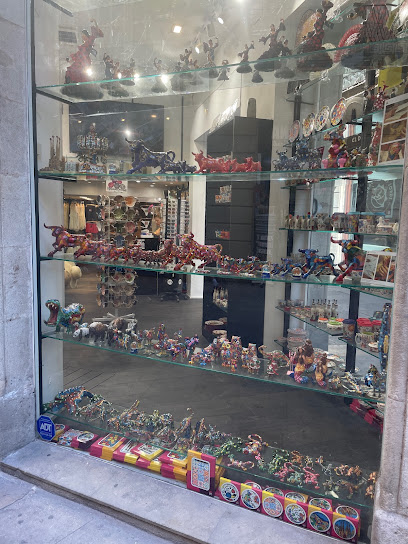
DesignPlace
Explore DesignPlace, a vibrant gift shop in Barcelona's Ciutat Vella, offering unique handcrafted treasures and local artistry.
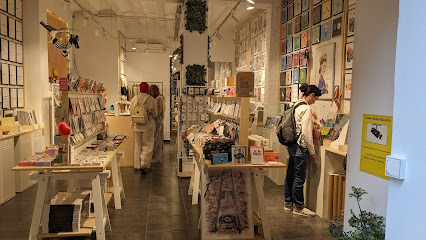
Botiga artesana gift store
Explore the charm of Botiga Artesana, an artisan gift shop in Ciutat Vella, offering unique souvenirs and local crafts in the heart of Barcelona.
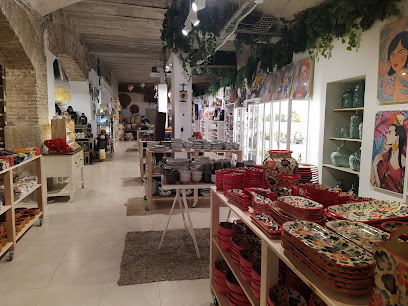
Barcelona Goes Latin Pop-Up Store
Experience the vibrant fusion of Latin culture and fashion at Barcelona Goes Latin, the must-visit pop-up store in Ciutat Vella.

Oh ! My Gift Barcelona
Discover unique gifts and souvenirs that embody the spirit of Barcelona at Oh! My Gift, your go-to destination in Ciutat Vella.

Barcelona Today The Gift Shop
Explore the essence of Barcelona at Barcelona Today The Gift Shop, where unique gifts and local artistry meet in the heart of Ciutat Vella.
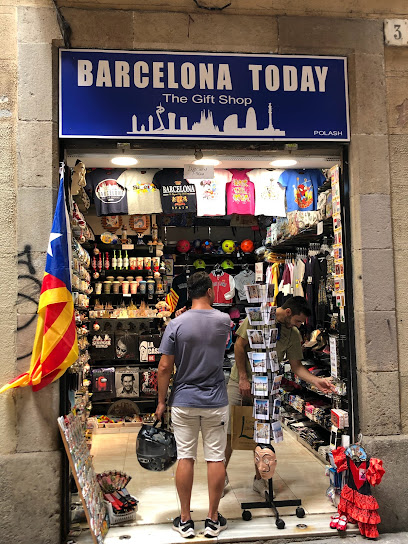
Windarts
Discover unique handcrafted gifts at Windarts, a charming gift shop in Barcelona's historic Ciutat Vella district.
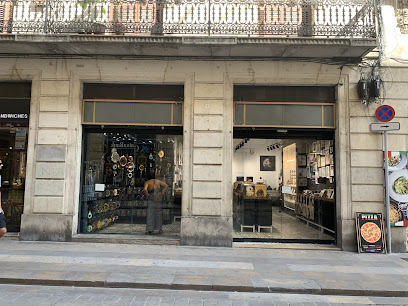
Ramontic Shop
Discover unique souvenirs and gifts at Ramontic Shop, a charming destination in the heart of Barcelona's Ciutat Vella.
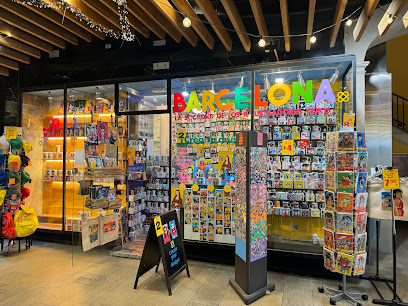
Essential bars & hidden hideouts
Irish Pub Temple Bar
Discover the vibrant spirit of Ireland at Temple Bar, Barcelona's beloved Irish pub, offering delicious burgers, live music, and a warm, friendly atmosphere.
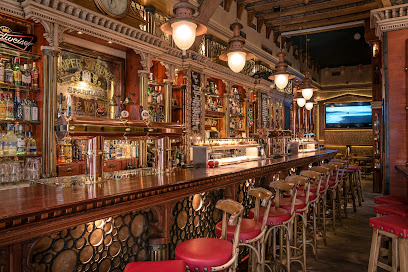
Bar Sincopa
Experience the vibrant nightlife of Barcelona at Bar Sincopa, where colorful decor meets delightful drinks and a welcoming atmosphere.
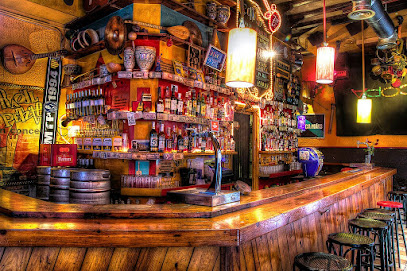
Nevermind
Discover Nevermind, a vibrant bar in Ciutat Vella, Barcelona, offering craft beers and cocktails in a lively atmosphere perfect for socializing.
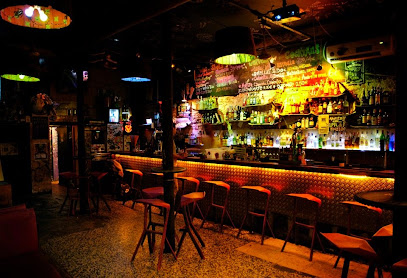
Bar Manchester
Experience the vibrant nightlife of Barcelona at Bar Manchester, where delicious drinks and a lively atmosphere await.
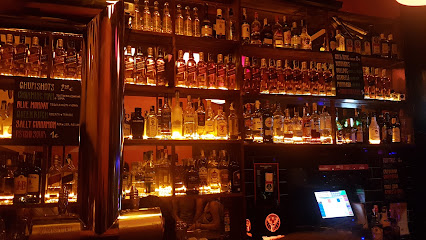
Bar Mariatchi
Experience the vibrant energy of Bar Mariatchi in Ciutat Vella, Barcelona, where exceptional drinks meet lively ambiance.
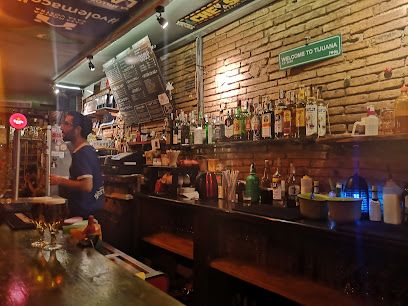
First Cocktail Bar Barcelona
Discover the enchanting cocktail experience at First Cocktail Bar in Barcelona's vibrant Ciutat Vella, where creativity meets ambiance.
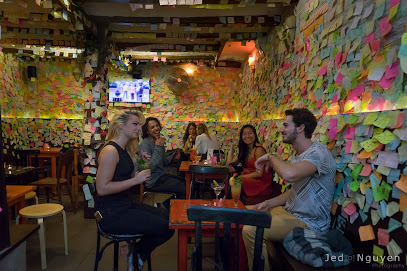
Ascensor Cocktail Bar
Experience the vibrant nightlife at Ascensor Cocktail Bar in Barcelona's Ciutat Vella, where expertly crafted cocktails meet a stylish ambiance.

La Burnessa
Experience the lively nightlife of Barcelona at La Burnessa, a cocktail and salsa bar offering a vibrant atmosphere and expertly crafted drinks.
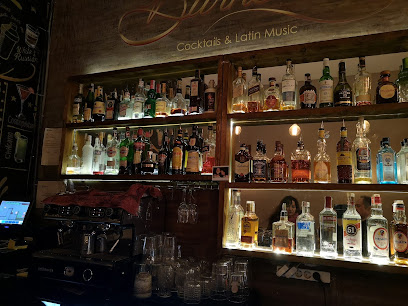
Milans Cocktail Bar
Discover the vibrant nightlife at Milans Cocktail Bar in Ciutat Vella, Barcelona, where delicious cocktails and tapas await.
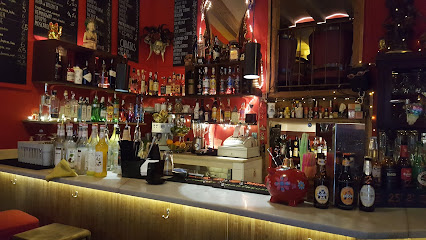
Bar 7
Experience the vibrant nightlife of Barcelona at Bar 7, a cozy bar in Ciutat Vella offering a delightful selection of drinks and friendly atmosphere.
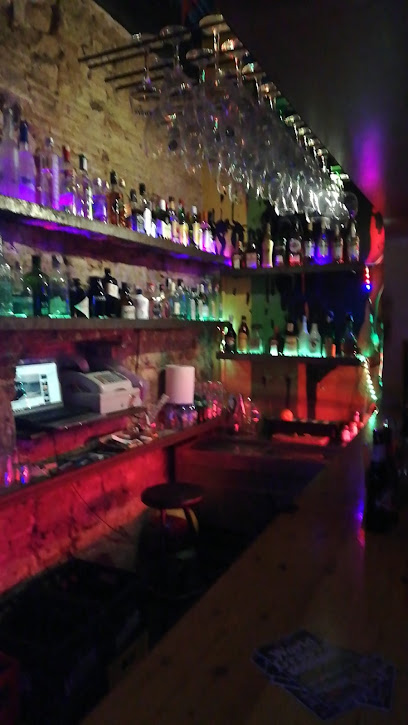
Local Phrases
-
- HelloHola
[oh-lah] - GoodbyeAdiós
[ah-dee-ohs] - YesSí
[see] - NoNo
[noh] - Please/You're welcomePor favor/De nada
[por fah-vor/deh nah-dah] - Thank youGracias
[grah-thyas] - Excuse me/SorryPerdón/Lo siento
[pair-dohn/loh syen-toh] - How are you?¿Cómo estás?
[koh-moh ehs-tahs] - Fine. And you?Bien. ¿Y tú?
[byen. ee too] - Do you speak English?¿Hablas inglés?
[ah-blahs een-glays] - I don't understandNo entiendo
[noh ehn-tyen-doh]
- HelloHola
-
- I'd like to see the menu, pleaseMe gustaría ver la carta, por favor
[meh goos-tah-ree-ah behr lah kahr-tah, por fah-vor] - I don't eat meatNo como carne
[noh koh-moh kahr-neh] - Cheers!¡Salud!
[sah-lood] - I would like to pay, pleaseMe gustaría pagar, por favor
[meh goos-tah-ree-ah pah-gar, por fah-vor]
- I'd like to see the menu, pleaseMe gustaría ver la carta, por favor
-
- Help!¡Ayuda!
[ah-yoo-dah] - Go away!¡Vete!
[veh-teh] - Call the Police!¡Llama a la Policía!
[yah-mah ah lah poh-lee-thee-ah] - Call a doctor!¡Llama a un médico!
[yah-mah ah oon meh-dee-koh] - I'm lostEstoy perdido
[ehs-toy pair-dee-doh] - I'm illEstoy enfermo
[ehs-toy ehn-fehr-moh]
- Help!¡Ayuda!
-
- I'd like to buy...Me gustaría comprar...
[meh goos-tah-ree-ah kohm-prahr] - I'm just lookingSolo estoy mirando
[soh-loh ehs-toy mee-rahn-doh] - How much is it?¿Cuánto cuesta?
[kwan-toh kwehs-tah] - That's too expensiveEs demasiado caro
[ehs deh-mah-syah-doh kah-roh] - Can you lower the price?¿Puede bajar el precio?
[pweh-deh bah-har ehl preh-syoh]
- I'd like to buy...Me gustaría comprar...
-
- What time is it?¿Qué hora es?
[keh oh-rah ehs] - It's one o'clockEs la una
[ehs lah oo-nah] - Half past (10)Las diez y media
[lahs dyehs ee meh-dee-ah] - MorningMañana
[mah-nyah-nah] - AfternoonTarde
[tahr-deh] - EveningNoche
[noh-cheh] - YesterdayAyer
[ah-yehr] - TodayHoy
[oy] - TomorrowMañana
[mah-nyah-nah] - 1Uno
[oo-noh] - 2Dos
[dohs] - 3Tres
[trehs] - 4Cuatro
[kwah-troh] - 5Cinco
[theen-koh] - 6Seis
[seys] - 7Siete
[syeh-teh] - 8Ocho
[oh-choh] - 9Nueve
[nweh-veh] - 10Diez
[dyehs]
- What time is it?¿Qué hora es?
-
- Where's a/the...?¿Dónde está...?
[dohn-deh ehs-tah] - What's the address?¿Cuál es la dirección?
[kwal ehs lah dee-rehk-syohn] - Can you show me (on the map)?¿Puedes enseñarme (en el mapa)?
[pweh-dehs ehn-seh-nyar-meh (ehn ehl mah-pah)] - When's the next (bus)?¿Cuándo es el próximo (autobús)?
[kwan-doh ehs ehl prok-sy-moh (ow-toh-boos)] - A ticket (to ....)Un billete (a ...)
[oon bee-ye-teh (ah ...)]
- Where's a/the...?¿Dónde está...?
History of Gothic Quarter
-
The Gothic Quarter, or 'Barri Gòtic', is built upon the remnants of the ancient Roman city of Barcino, established around 15 BC. The layout of the Gothic Quarter still reflects the original Roman grid, with remnants of walls and structures, including the impressive Temple of Augustus. This foundation laid the groundwork for the rich tapestry of history that would follow in this vibrant neighborhood.
-
During the medieval period, particularly from the 12th to the 15th centuries, the Gothic Quarter emerged as the heart of the city. It became the seat of power for the Count of Barcelona, and the construction of significant Gothic structures began. The Cathedral of Santa Eulàlia, with its stunning façade and intricate details, was constructed during this time, showcasing the architectural prowess of the era.
-
The Gothic Quarter was profoundly affected by the Spanish Inquisition, established in the late 15th century. The neighborhood was home to many Jewish families, and the establishment of the Inquisition led to the forced conversions and expulsion of the Jewish community. The remnants of the Jewish Quarter, including the ancient synagogue, serve as a poignant reminder of this turbulent period in history.
-
The 19th century heralded a period of Catalan Renaissance, where the Gothic Quarter became a focal point for cultural revival. Artists, writers, and architects sought to reclaim and celebrate Catalan identity, leading to the restoration of many Gothic buildings. This period contributed to the establishment of a strong sense of local pride and cultural heritage that continues to resonate in Barcelona today.
-
In the late 20th and early 21st centuries, the Gothic Quarter transformed into a major tourist attraction, blending its rich history with modern amenities. The area has undergone significant restoration efforts, enhancing its appeal while preserving its historical integrity. Visitors can now explore narrow medieval streets lined with cafes, shops, and galleries, experiencing the vibrant culture that thrives in the heart of Barcelona.
Gothic Quarter Essentials
-
The Gothic Quarter is centrally located in Barcelona and easily accessible from other neighborhoods. From the airport, you can take the Aerobus to Plaça de Catalunya, then a short walk or metro ride (L3 - Green Line) to Liceu or Drassanes stations. If you're already in the city, the metro system is efficient, with several stops close to the quarter. Buses and trams also service the area, but walking is often the best way to explore its narrow streets.
-
The Gothic Quarter is pedestrian-friendly, making it ideal for walking. The area is compact, so many attractions are within walking distance. If you prefer to use public transport, the metro (L3 at Liceu or Drassanes) and bus services are available. Bicycles can be rented from various providers, with bike lanes in some adjacent areas, but be cautious of the narrow streets. Taxis are also readily available if you need to travel further.
-
While the Gothic Quarter is generally safe for tourists, it is advisable to remain vigilant against pickpocketing, especially in crowded areas like La Rambla and near major attractions. Avoid poorly lit streets at night and be cautious around the Plaça del Pi area and some alleys where tourists are more commonly targeted. Keep your belongings secure and be aware of your surroundings.
-
In case of an emergency, dial 112 for police, fire, or medical assistance. For non-emergency issues, you can contact the local police at 092. There are several hospitals and clinics in Barcelona, and pharmacies are widely available for minor health issues. It’s recommended to have travel insurance that covers medical emergencies.
-
Fashion: Do wear comfortable shoes for walking, as the streets are cobbled. Don't wear flashy jewelry that may attract unwanted attention. Religion: Do respect local customs in churches, including dressing modestly and being quiet. Don't take photos where prohibited. Public Transport: Do validate your ticket before boarding. Don't eat or drink on public transport. Greetings: Do greet locals with a friendly 'Hola'. Don't assume everyone speaks English—basic Spanish phrases can go a long way. Eating & Drinking: Do try traditional tapas and local wines. Don't haggle aggressively in restaurants or markets.
-
To experience the Gothic Quarter like a local, consider visiting less touristy spots like the Plaça del Sol or the hidden bars on Carrer de l'Arc de Sant Ramon del Call. Enjoy a leisurely stroll in the evening when the area is beautifully lit. Try to catch local events or festivals, as the neighborhood has a vibrant cultural scene. Don’t hesitate to ask locals for recommendations on eateries or shops; they often know the best spots that aren’t in tourist guides.
Nearby Cities to Gothic Quarter
-
Things To Do in Tarragona
-
Things To Do in Girona
-
Things To Do in Lleida
-
Things To Do in Pas de la Casa
-
Things To Do in Escaldes-Engordany
-
Things To Do in Andorra la Vella
-
Things To Do in Encamp
-
Things To Do in Soldeu
-
Things To Do in Canillo
-
Things To Do in La Massana
-
Things To Do in Arinsal
-
Things To Do in Ordino
-
Things To Do in El Serrat
-
Things To Do in Palma de Mallorca
-
Things To Do in Huesca













